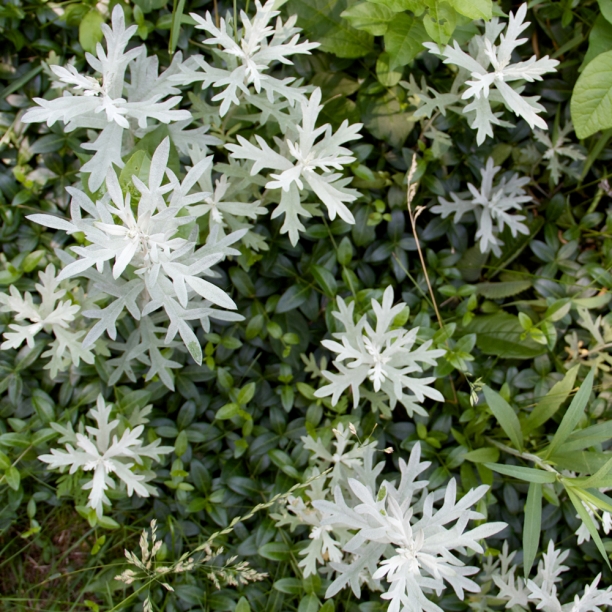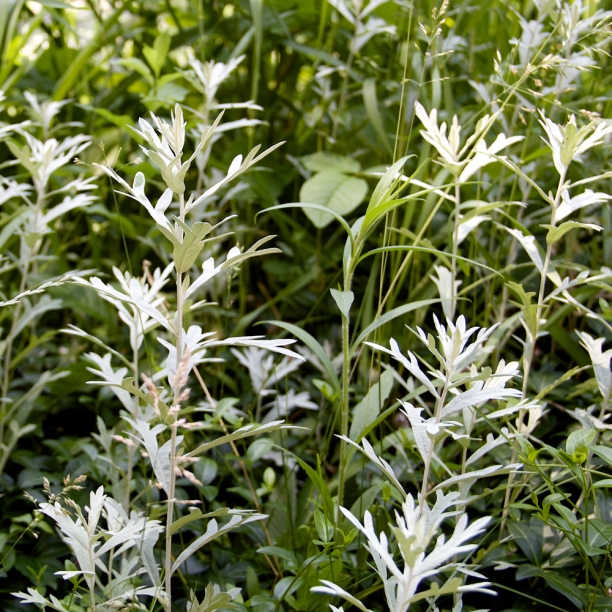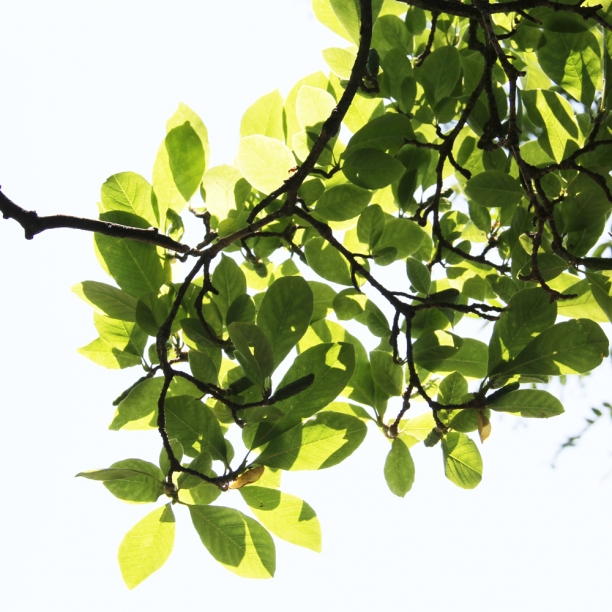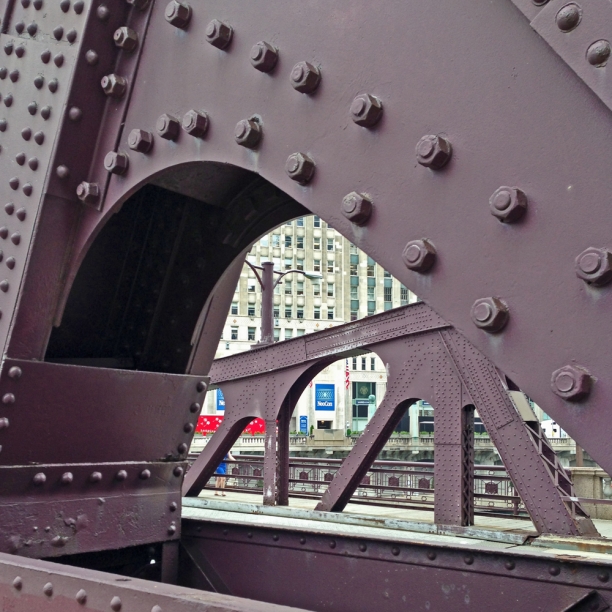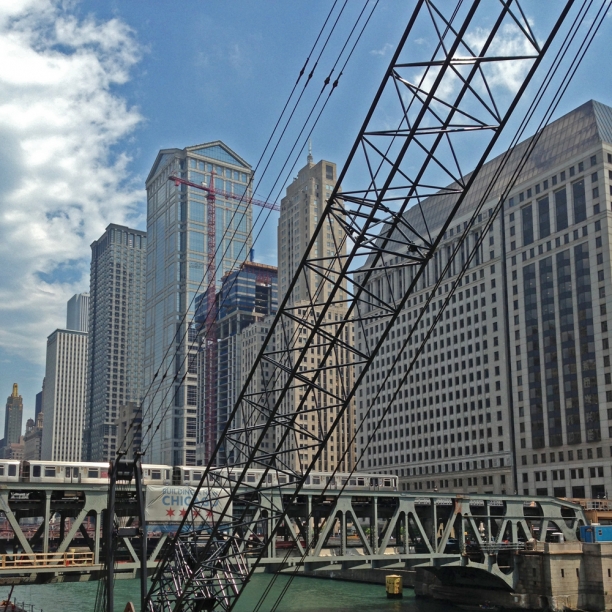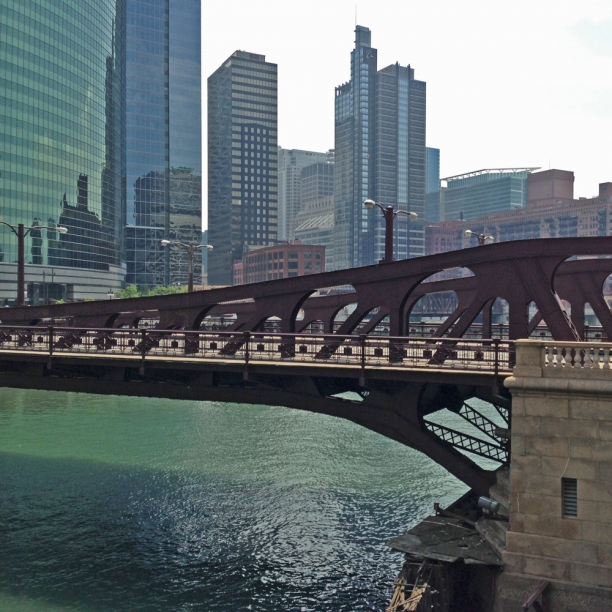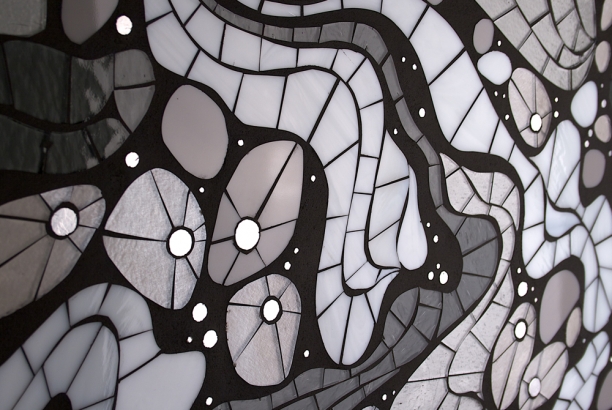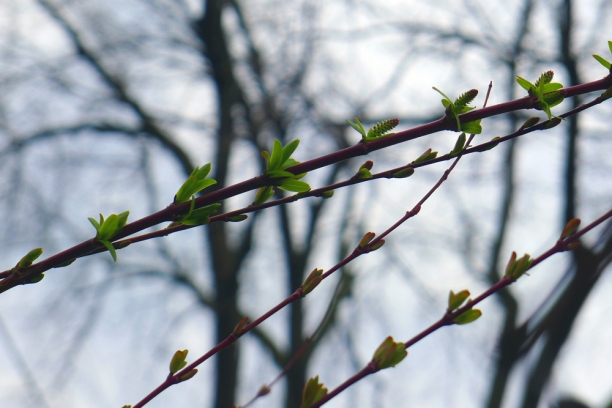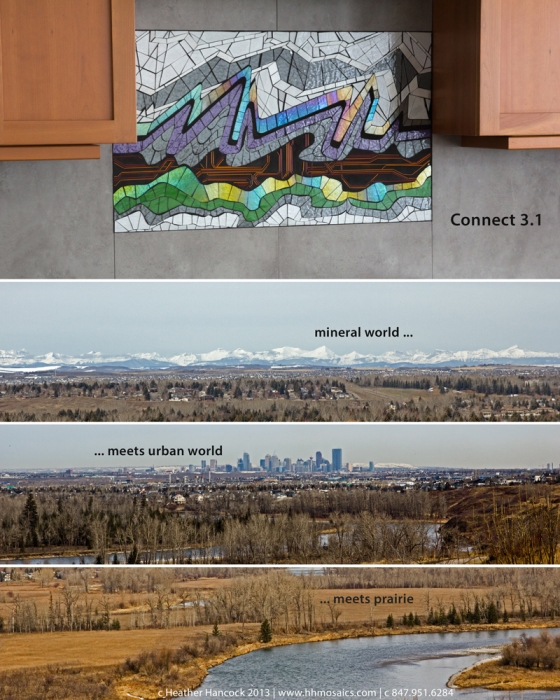 16" x 16" | glass, gold, grout on cradled artboard
16" x 16" | glass, gold, grout on cradled artboard
I remember when I first read about the emerging science of neuroplasticity and the potential for lifelong change and adaptability in Stuss and Benson's book, The Frontal Lobes. I was embarking on my undergraduate degree in Speech Pathology in the Faculty of Rehabilitation Medicine at the time and this concept was a game-changer. I went on to complete my Master of Science in Speech Pathology focusing on adult neurogenic communication disorders. I came to my art practice alongside a decade of clinical and administrative roles in Chicago area hospitals.
Neurobiological forms have deeply influenced my drawing practice. Curving, interconnected lines of axons, soma and dendrites form the infrastructure for the basic unit of communication in the brain, the action potential. Adequate activation leads to an electrical signal traversing the dendrites to connect with the next axons in the network. Tiny circles of gold are a recurrent element in my work, undoubtedly connected to synaptic transmission. The idea of our coherent self emerging from this impossible tangle of neurons is endlessly intriguing.
I was thrilled when a client asked if I could create a piece as a gift for a student completing her PhD in neurobiology at Columbia. The student counts Eric Kandel, a nobel prize winning neurobiologist, among her mentors. Eric Kandel is responsible for synthesizing a new understanding of memory. I highly recommend his 2007 book In Search of Memory. This past year I have read and re-read another book, Portraits of the Mind, which documents the amazing techniques of neuro-imaging. As it turns out, the author of this excellent book, Carl Schoonover, is also completing doctoral work in the same department at Columbia.
The challenge of Trace 3.1 was to use the gorgeous imagery of neurobiology to get to my own imagined lines and forms. I identified three or four images from Portraits of the Mind to study but I ended up using images of tree branches to arrive at this intertwined abstraction for Trace 3.1. Grout and glass make reference to neuroimaging techniques with the illumination of foregrounded elements while the tangled network recedes into the background. Biosensors have revolutionized neuroscience technique in studying pathways and interconnections which support various cognitive functions. The color palette of Trace 3.1 refers to the first biosensor, green fluorescent protein (GFP). I'm looking forward to more in this series.
Full set of images of Trace 3.1 can be seen here.

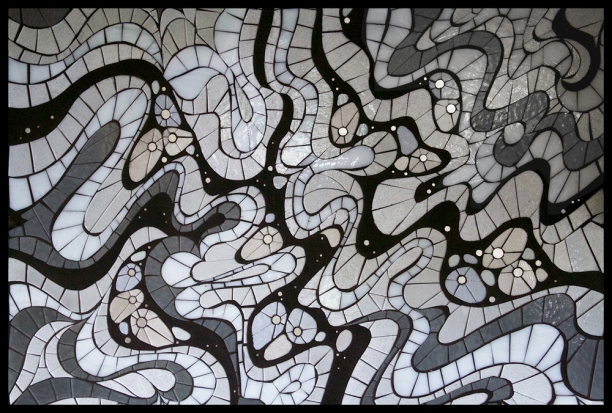 Impel 5.3 is installed and sparkling in a brand new home on the northshore.
Impel 5.3 is installed and sparkling in a brand new home on the northshore.



